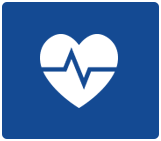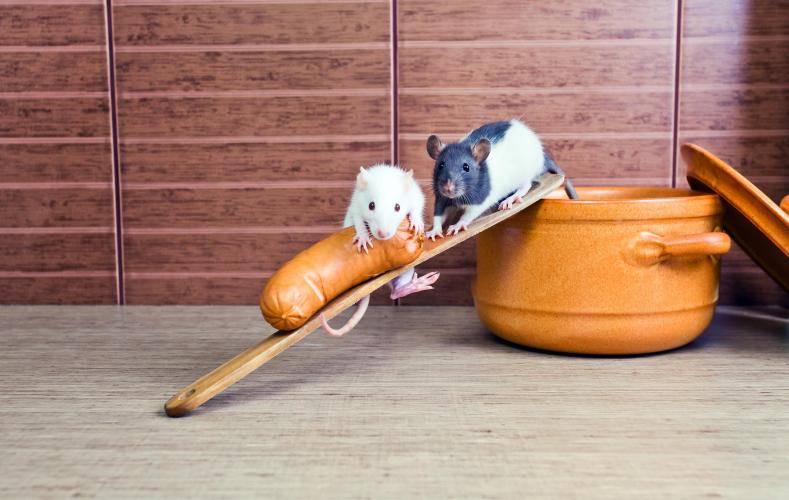Food handling hazards


Food handling hazards
Biological hazards – contamination of food with spoilage and pathogenic microbes. Food can become contaminated from raw materials, or during some steps in food preparation process.
Physical hazards – situations when extraneous matter not normally belonging to food ends up in the food as a result of insufficient cleanliness, mistakes in food handling, non-compliance with the dress-code, pests infestations, etc. If a person eats such foreign objects this can cause choking, or other types of injuries. In case of physical hazards the source of hazard is usually easy to identify because it comes right after food consumption (in contrast to biological and chemical hazards, when hours can pass by before the symptoms begin to show).
To eliminate the risk of food contamination with physical hazards, food premises and foodstuffs must be kept in good order and tidy. Never store foodstuffs on the floor. All foodstuffs should be stored on the shelves, covered or in original packages.
Chemical hazards – can be divided into natural hazardous chemicals contained in foods (e.g. mycotoxins, lectin, solanine, gyromitrin, mushrooms and shellfish toxins), intentionally added chemicals such as preservatives, nutritional additives and colorants, and unintentionally added chemicals such as agricultural chemicals (e.g. pesticides, fertilizers, growth hormones and antibiotics).
It is important to follow correct steps and treatment methods to eliminate natural hazardous chemicals in foods before consumption. For example, false morels contain gyromitrine and before consumption should be boiled twice in good amount of water. Dried beans contain lectine. In order to extract this chemical from dried beans they should be soaked for at least 12 hours and afterwards cooked. Green potatoes contain solanine and should not be used for consumption at all. Tuna, herring and mackerel may develop histamine, if spoiled.
Moulds produce mycotoxins that can spread throughout mouldy product. That’s why products that developed mould should no longer be used for consumption. These mycotoxins also resist heating.
In food production certain chemicals are used in order to enhance taste, colour or shelf life of a product. Such approved additives have their own E-codes that must be mentioned among other ingredients on the product packaging. If used correctly and properly controlled, intentionally added chemicals should not be harmful for consumers.
Harmful pests
Pests such as indoor and outdoor insects, rodents, birds and domestic pets are potential source of microbiological and physical cross-contamination of food.
In case of an insect infestation on food premises, preventive measures should be taken immediately. In case of fur beetle or cockroach infestation, it is necessary to contact professional pest services.
If you are not sure what measures should be taken against pest infestation, you can contact local environmental health authorities for advice.
Most pest infestations can be prevented by cleanliness and tidiness of food premises and storage facilities. Foodstuffs should be stored on the shelves, not on the floor. Floor drains should be kept clean. In stock rotation first-in-first-out rule should be followed. Incoming raw materials and foodstuffs should be inspected for possible signs of pest infestations. Storage facilities where dry fruits, nuts and grains are kept should be properly ventilated and the temperature should be kept under +18°C. Waste should be stored in covered containers in order not to attract harmful pests.
Windows and other open parts, if necessary, can be fitted with insect-proof removable screens.
